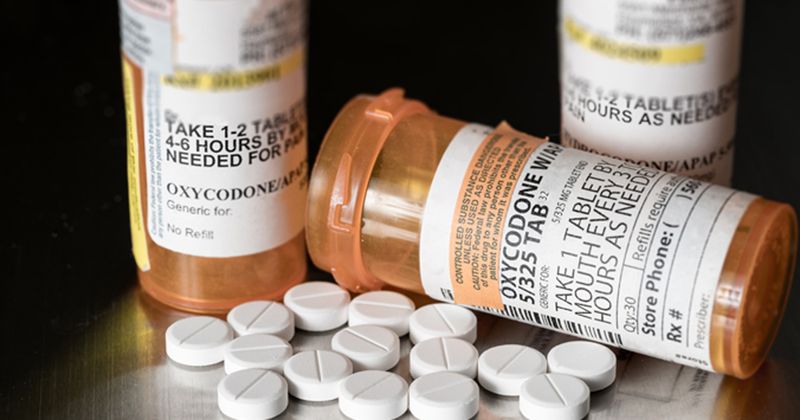Informing physicians of fatal overdoses reduces opioid prescriptions up to 1 year
Clinicians who were notified after one of their patients fatally overdosed prescribed fewer opioids for up to 1 year compared with those who were not notified, according to results of a randomized clinical trial.
“Clinicians don’t necessarily know a patient they prescribed opioids to has suffered a fatal overdose,” Jason N. Doctor, PhD, chair of the department of health policy and management at the University of Southern California’s Sol Price School of Public Policy and co-director of the behavioral sciences program at USC’s Schaeffer Center for Health Policy & Economics, said in a press release. “We knew closing this information loop immediately reduced opioid prescriptions. Our latest study shows that change in prescribing behavior seems to stick.”

Previously, in 2018, Doctor and colleagues conducted a randomized clinical trial to determine whether letters from a county medical examiner that notified clinicians of their patients’ overdoses would reduce opioid prescribing. The letter, which was meant to be both respectful and informative, provided information about safe opioid prescribing, according to Doctor and colleagues. The researchers found a nearly 10% decrease in prescriptions for morphine milligram equivalents (MME) up to 3 months after clinicians received the letter. They additionally found that the number of patients taking high-dose opioids decreased in the panels of clinicians who received the letter.
For the current study, the researchers analyzed whether these trends would continue up to 1 year.
The final sample included 809 clinicians — most of whom were medical doctors — and 166 decedents in San Diego County, California. Rather than the combined effects of alcohol or an illicit drug, Doctor and colleagues reported that the primary cause of death was attributed to an opioid prescription, accounting for 94 deaths (56.29%).
In the 4 to 12 months after receiving letters, 223,399 opioid prescriptions were dispensed. During this time, the number of total weekly MMEs dispensed decreased 7.1% (95% CI, 0.37-13.79) more in the letter intervention group than in the control group. Additionally, new patients taking opioids decreased by 2.02 percentage points (95% CI, 0.79-3.25) more in the intervention group than in the control.
The researchers noted no significant differences between the effects at 1 to 3 or 4 to 12 months for total MME change or new patients. There were also no differences in the number of prescriptions that were at least 50 MME at 4 to 12 months.
“The new study shows this change is not just a temporary blip and then clinicians went back to their previous prescribing,” Doctor said in the release. “This low-cost intervention has a long-lasting impact.”
This could be because of clinicians’ awareness of being observed and an injunction from authority, the researchers wrote.
They also noted that the study did not “address the alarming acceleration of fatal overdoses by illicit fentanyl.”
“The sad truth is, we never addressed the first problem of deaths from prescribed opioids. In fact, it’s all mixed together because nationally, approximately half of people who die of an illicit fentanyl drug overdose have also had an opioid prescription within the past year,” Doctor said in the release.
The main takeaway, according to Doctor, is that the letters from medical examiners offer an opportunity to get in touch with providers after overdose deaths to save lives.
“The letter is a nudge to providers that the opioid epidemic is in their community and affecting their patients. It is easy to read the headlines and assume you are not part of the problem,” Doctor said in the release. “Doctors have an opportunity to talk to their patients and consider alternatives to opioids. I believe we can reach about half of the people in the illicit fentanyl epidemic through a doctor who has seen them.”
In light of the findings, Doctor and colleagues are now working with Los Angeles County on possible policies like mandating messages from county medical examiners to clinicians, according to the release.
References:
- Doctor JN, et al. JAMA Netw Open. 2023;doi:10.1001/jamanetworkopen.2022.49877.
- Doctor JN et al. Science. 2018;doi:10.1126/science.aat4595.
- USC study suggests one solution to America’s opioid epidemic: Tell doctors their patients fatally overdosed. https://www.eurekalert.org/news-releases/975825. Published Jan. 6, 2023. Accessed Jan. 11, 2023.

